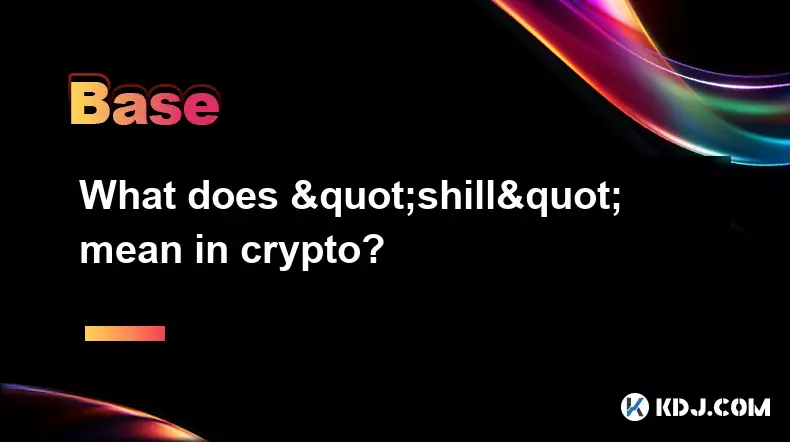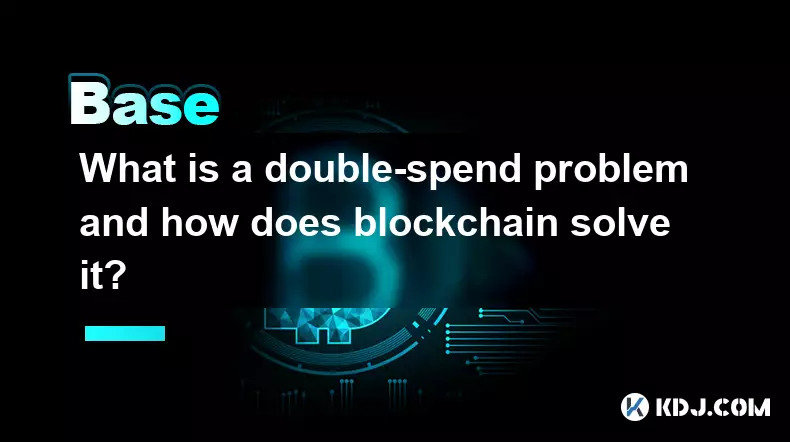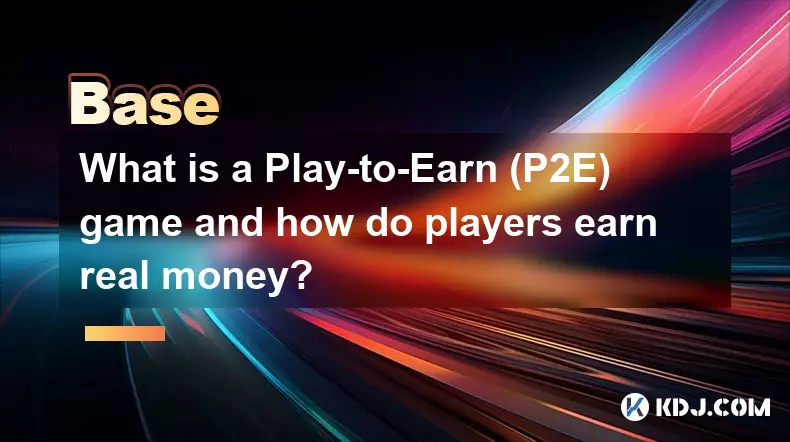-
 bitcoin
bitcoin $100977.009184 USD
-2.05% -
 ethereum
ethereum $3282.009150 USD
-3.23% -
 tether
tether $0.999813 USD
-0.02% -
 xrp
xrp $2.208254 USD
-4.89% -
 bnb
bnb $951.411089 USD
0.55% -
 solana
solana $155.761205 USD
-2.84% -
 usd-coin
usd-coin $1.000217 USD
0.02% -
 tron
tron $0.284475 USD
-1.28% -
 dogecoin
dogecoin $0.162363 USD
-1.53% -
 cardano
cardano $0.533988 USD
-0.47% -
 hyperliquid
hyperliquid $39.174339 USD
-3.22% -
 chainlink
chainlink $14.724828 USD
-1.16% -
 bitcoin-cash
bitcoin-cash $477.297986 USD
-1.28% -
 zcash
zcash $554.227426 USD
17.30% -
 ethena-usde
ethena-usde $0.998995 USD
-0.03%
What does "shill" mean in crypto?
In crypto, a "shill" promotes a digital asset aggressively, often with hidden financial incentives, using hype and false claims to manipulate prices and mislead investors.
Sep 09, 2025 at 01:18 am

Understanding the Term 'Shill' in the Crypto Space
1. In the context of cryptocurrency, the term 'shill' refers to someone who aggressively promotes a particular digital asset, often with the intent to manipulate perception or drive up its price. This promotion may come in the form of social media posts, forum comments, or videos that exaggerate the benefits of a project while downplaying or omiting risks.
2. Shilling is frequently associated with paid marketing, where individuals or groups are compensated to generate hype around a coin or token. These promoters may not disclose their financial interest, leading audiences to believe their endorsements are genuine when they are, in fact, part of a coordinated campaign.
3. The behavior often crosses ethical lines when false claims are made. For example, a shill might claim a cryptocurrency has partnerships with major companies or is about to be listed on a top exchange—information that is either unverified or entirely fabricated.
4. Communities within crypto spaces, such as Reddit or Telegram groups, are common venues for shilling activity. New investors, especially those unfamiliar with market dynamics, can be easily influenced by repeated positive messaging, leading to impulsive buying decisions.
5. Regulatory bodies have started to take notice of shilling practices. In several cases, celebrities and influencers have faced legal consequences for failing to disclose paid promotions of crypto assets, highlighting the potential legal risks tied to such behavior.
Common Tactics Used by Crypto Shills
1. One of the most prevalent tactics is the use of FOMO—fear of missing out. Shills create urgency by suggesting a coin is on the verge of a massive price surge, urging followers to buy immediately before it's 'too late.'
2. Repetition across multiple platforms amplifies the message. A single individual may operate several fake accounts to simulate widespread grassroots support, giving the illusion of organic demand.
3. Shills often target low-cap or newly launched tokens. These assets have lower liquidity and trading volume, making them more susceptible to price manipulation through coordinated buying and promotional efforts.
4. Some shills use bots to flood social media with positive comments or retweets, artificially inflating the visibility and perceived popularity of a project. This automated amplification can mislead algorithms and users alike.
5. Misquoting or taking statements out of context from credible figures in the industry is another technique. A vague comment from a well-known developer might be twisted to suggest endorsement or imminent development progress.
The Impact of Shilling on Market Behavior
1. Short-term price spikes are a direct consequence of successful shilling campaigns. When a large number of retail investors buy into a hyped token, its price can surge rapidly, benefiting early holders or insiders who planned the promotion.
2. Market volatility increases as a result of these artificial pumps. Once the hype fades and promoters exit their positions, the price often collapses, leaving latecomers with significant losses.
3. Trust in legitimate projects can erode when shilling becomes rampant. Investors may grow skeptical of all promotional content, making it harder for genuine teams to communicate their value proposition.
4. Shilling contributes to the perception of the crypto market as a speculative or even predatory environment. This reputation can deter institutional participation and slow broader adoption.
5. Community-driven projects suffer when shilling dominates discourse. Healthy discussion about technology, use cases, and long-term sustainability is replaced by noise focused solely on price movement and quick profits.
Frequently Asked Questions
What is the difference between a shill and a genuine crypto advocate?A genuine advocate supports a project based on its technology, team, and long-term potential, often providing balanced insights. A shill focuses exclusively on price gains, uses exaggerated language, and typically does not disclose financial incentives.
Can shilling be legally punished?Yes, in jurisdictions like the United States, failing to disclose paid promotion of securities—including certain cryptocurrencies—can violate laws enforced by the SEC. Influencers have been fined for not revealing compensation received for endorsing digital assets.
How can investors protect themselves from shilling?Investors should verify claims independently, check for official project announcements, avoid making decisions based on social media hype, and research whether promoters have financial ties to the projects they endorse.
Are all crypto promotions considered shilling?No. Legitimate marketing exists within the industry, especially when done transparently. The key distinction lies in honesty, disclosure of affiliations, and the accuracy of the information being shared.
Disclaimer:info@kdj.com
The information provided is not trading advice. kdj.com does not assume any responsibility for any investments made based on the information provided in this article. Cryptocurrencies are highly volatile and it is highly recommended that you invest with caution after thorough research!
If you believe that the content used on this website infringes your copyright, please contact us immediately (info@kdj.com) and we will delete it promptly.
- BlockDAG, Avalanche, Dogecoin: Crypto's Leading Trio in 2025
- 2025-11-07 22:05:01
- Layer 2 Coins: Will There Be a Potential Explosion by 2026?
- 2025-11-07 16:50:02
- Filecoin, ICP, and the AI Infrastructure Renaissance: Is History Repeating?
- 2025-11-07 16:50:02
- Bitcoin's Wild Ride: Surges, Zeros, and the Search for Stability
- 2025-11-07 17:05:01
- XRP, Bitcoin, and the Rally: What's the Deal, New York?
- 2025-11-07 17:25:01
- Filecoin, DePIN, and a Technical Breakout: What's the Buzz?
- 2025-11-07 17:05:01
Related knowledge

What is a decentralized storage network and how does it compare to cloud services?
Nov 07,2025 at 11:59pm
Understanding Decentralized Storage Networks1. A decentralized storage network distributes data across a peer-to-peer infrastructure rather than relyi...

What is liquid restaking and how does it build upon the concept of staking?
Nov 07,2025 at 06:19pm
Bitcoin’s Role in Decentralized Finance Evolution1. Bitcoin remains the cornerstone of decentralized finance, setting benchmarks for security and netw...

What is a concentrated liquidity position and how does it improve capital efficiency?
Nov 07,2025 at 06:00pm
Understanding Concentrated Liquidity Positions1. A concentrated liquidity position allows liquidity providers to allocate their capital within a speci...

What is an initial DEX offering (IDO) and how do you participate?
Nov 07,2025 at 06:59pm
Understanding Initial DEX Offerings (IDOs)1. An initial DEX offering (IDO) is a fundraising mechanism used by blockchain projects to launch their toke...

What is a double-spend problem and how does blockchain solve it?
Nov 07,2025 at 05:19pm
Understanding the Double-Spend Problem1. The double-spend problem refers to a scenario in digital currencies where the same set of funds is spent more...

What is a Play-to-Earn (P2E) game and how do players earn real money?
Nov 07,2025 at 09:00pm
Understanding Play-to-Earn (P2E) Gaming1. Play-to-Earn (P2E) games are blockchain-based video games that allow players to earn cryptocurrency or non-f...

What is a decentralized storage network and how does it compare to cloud services?
Nov 07,2025 at 11:59pm
Understanding Decentralized Storage Networks1. A decentralized storage network distributes data across a peer-to-peer infrastructure rather than relyi...

What is liquid restaking and how does it build upon the concept of staking?
Nov 07,2025 at 06:19pm
Bitcoin’s Role in Decentralized Finance Evolution1. Bitcoin remains the cornerstone of decentralized finance, setting benchmarks for security and netw...

What is a concentrated liquidity position and how does it improve capital efficiency?
Nov 07,2025 at 06:00pm
Understanding Concentrated Liquidity Positions1. A concentrated liquidity position allows liquidity providers to allocate their capital within a speci...

What is an initial DEX offering (IDO) and how do you participate?
Nov 07,2025 at 06:59pm
Understanding Initial DEX Offerings (IDOs)1. An initial DEX offering (IDO) is a fundraising mechanism used by blockchain projects to launch their toke...

What is a double-spend problem and how does blockchain solve it?
Nov 07,2025 at 05:19pm
Understanding the Double-Spend Problem1. The double-spend problem refers to a scenario in digital currencies where the same set of funds is spent more...

What is a Play-to-Earn (P2E) game and how do players earn real money?
Nov 07,2025 at 09:00pm
Understanding Play-to-Earn (P2E) Gaming1. Play-to-Earn (P2E) games are blockchain-based video games that allow players to earn cryptocurrency or non-f...
See all articles





















![The Graph Price Prediction [GRT Crypto Price News Today] The Graph Price Prediction [GRT Crypto Price News Today]](/uploads/2025/11/07/cryptocurrencies-news/videos/690d4df44fe69_image_500_375.webp)




















































